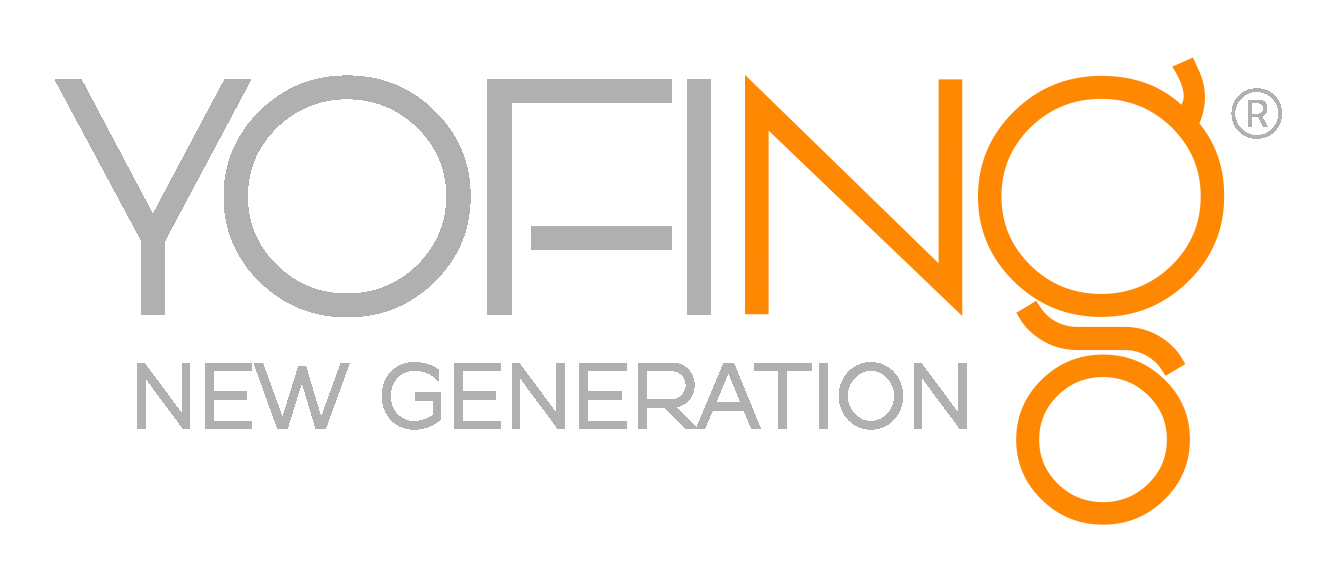Keratin treatments gain popularity — people claim they are a fantastic way to make a dull hair shiny again, to defrizz it and to stop it from absorbing extra moisture. But what is it in fact?
What is keratin
When you hear the word "protein" you probably think of a diet protein — boiled eggs, steamed fish and broiled chicken. But protein refers to millions of substances that are unique for every organism and all of them perform a different job. They are polymers — which basically means they are chains of amino acids — smaller molecules — linked to each other. Keratin is one of the proteins our body makes, and our nails and hair are almost 100% keratin.
How hair grows
Your hair is formed inside a follicle. It can be compared to a thread spinning process — the cells of the follicle form the protein thread. Your hair grows all the time, but the part that has already appeared above the follicle is not going to change. If you improve your dietary habits, move to an ecologically clean environment, and stop using harsh chemicals it will certainly help your new hair grow stronger and shinier, but it won't affect the hair that you already have.
How keratin repairs hair
When your hair undergoes the sun damage, the styling tongs and sprays, the jogging sweat and occasional acidic raindrops, its keratin structure gets broken and hair cuticles peel off. Such damaged surface can't reflect the light properly and the hair seems dull. Fortunately, you can repair the individual hairs by adding keratin blocks to the construction from the outside. Keratin can be hydrolyzed (that is a fancy term for dissolved — because technically you can't simply dissolve keratin) and added to the cosmetic products or used in salon treatment.
Salon keratin treatment
A special mixture with keratin is applied to the hair — just like the hair dye is usually applied. After your hair has been exposed to the mixture for a certain amount of time, the high heat is applied to the individual hair strands and the keratin is sealed to look smooth and shiny. Usually, the effect lasts for about 4-6 weeks, but some lucky girls report up to half a year of lovely defrizzed hair.
However, the keratin treatment in salon comes with a few conditions written in small print. First of all, you can easily screw everything up by simply getting your hair wet in the first three days after the procedure (that should be especially interesting to those whose scalp gets itchy when they miss a morning hair shower). Another problem could be if you tie your hair in any way or even wear a headband — yes, cleaning your teeth and washing your face during these 3 days will be tricky. You also need to take care of your sleeping positions (because apparently some of them may affect your hair) and to avoid any styling for a few days. It is also unclear how that high heat treatment affects your actual hair — there is a possibility that it ruins the shaft resulting in even more split ends than before, so that you'll require the procedure again.
Keratin products for home use
For those of us who can't afford to lose 4-5 hours on salon treatments every now and then (that's a very long and boring time — you can watch "Matrix Revolutions" twice!), there are products for home use. The principle of how they work is fairly the same — the hydrolyzed keratin gets under the cuticles and seals them, like in this KERATIN SHAMPOO REPAIR HAIR FORMULA WITH ARGAN OIL. On the plus side here is that the procedure doesn't require high heat treatment to get the effect. It also doesn't require as much time because you can have the procedure within your usual hair care routine. The main disadvantage, however, is that the effect is not immediate — you would need to use the products for some time to be able to see the changes.
When you see a TV-commercial featuring a girl with stunning shiny hair, be sure — it's the product of keratin treatment. Fortunately, it's not only available in expensive salons now.




